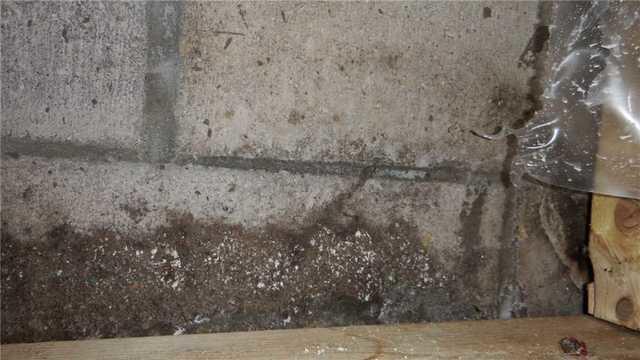
Close-up of Water Damage on Block Wall
Mmm mold and efflorescence. While much efflorescence (salts rising to the surface of a block due to water traveling through it and liquifying them) is simply a surface nuisance, long-term effects can include erosion.

Drywall Cut Back to Reveal Leaking Wall
This wall had been finished, but it was necessary to remove a portion of it in order to find the source of the leaks. The bubbling, and in some cases entirely washed away, paint shows that there has been a water issue for quite some time.
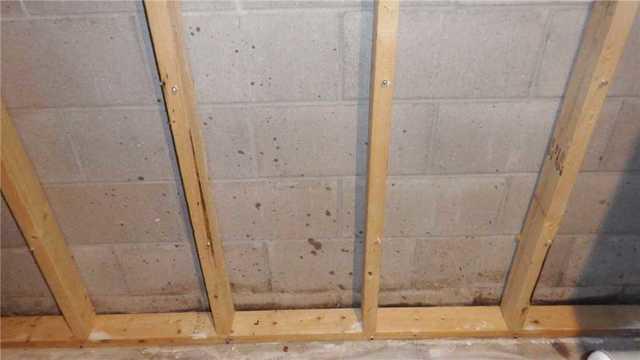
Water Damage at Base of Block Wall
You can see the signs of water damage as you get lower on the wall - efflorescence and discoloration are major symptoms in a block wall.
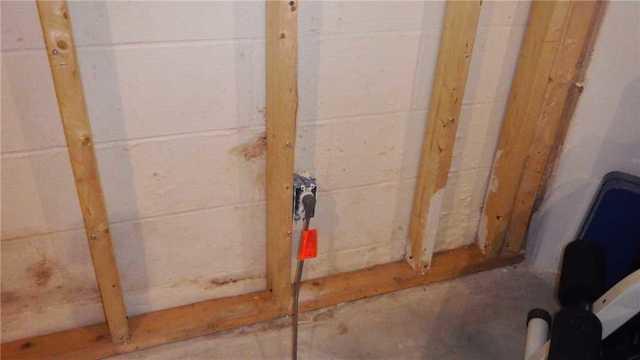
Signs of Water Damage on Painted Block Wall
The bubbling and dimpling paint is a huge red flag that this wall is leaking. Probably not something you want happening around an electrical outlet.
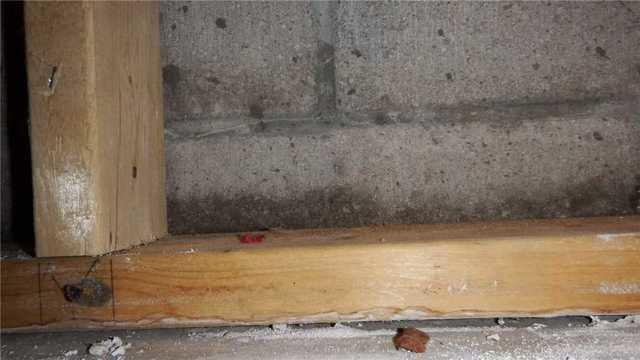
Water Damage on Williamston Block Wall
The leaking wall has also affected the wooden frame used for the drywall finishing.
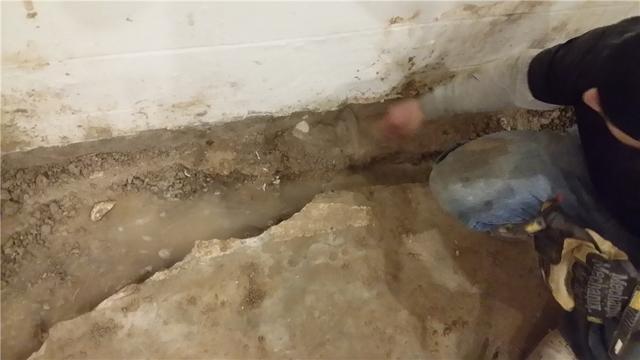
Cutting Floors for WaterGuard Installation
We remove a portion of the floor in order to install the system, and then restore the concrete after the WaterGuard track is secured.
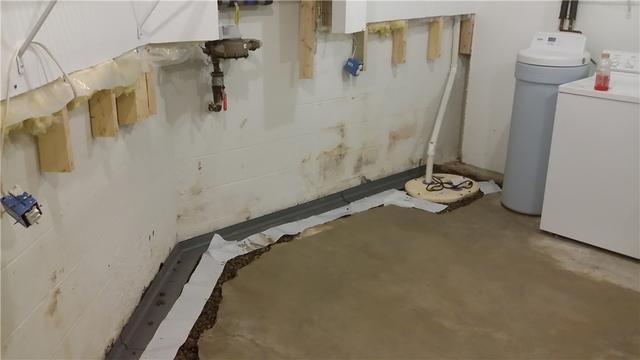
WaterGuard Installation in Progress
We had to cut back the wooden frame in order to install the WaterGuard system. It's tied right into the sump pump in order to expedite the discharge process.
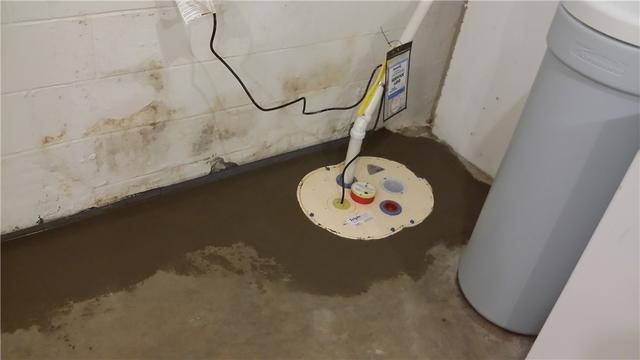
Super Sump Pump Discharges Water Effectively
Installing a sump pump was a huge part of this basement's waterproofing process. Without a sump, you're reliant on gravity and the grace of the soil around your house, and that's no way to live.
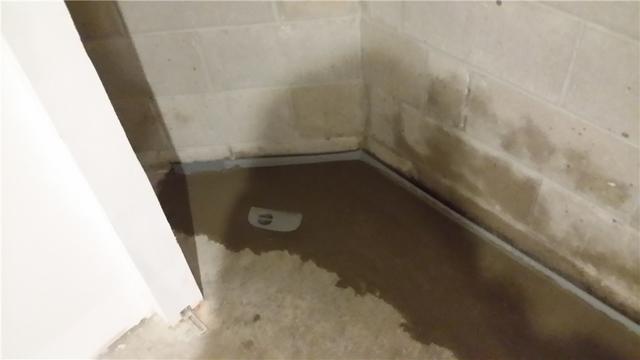
WaterGuard Installation Complete with Inspection Port
Once the WaterGuard is installed, we pour new concrete to restore the floor. The gray cover you can see in the upper left of the photo is a WaterGuard inspection port, which is useful in the event that the track needs to be flushed out or accessed in any way.









